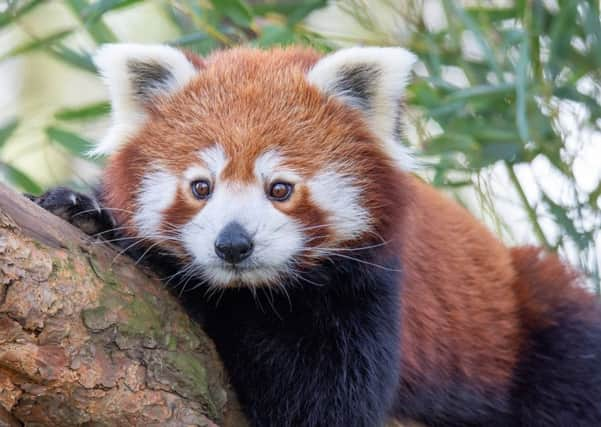Why I boycott zoos and so should you – Jennifer White


Fast-forward 20 years and I’m still deeply concerned about red pandas – but I no longer patronise Edinburgh Zoo or any other institution that holds wild animals captive. And I’m devoting my professional life to encouraging others to stay away from such facilities, too.
Despite what they would have us believe, conservation is an almost negligible part of what most zoos do. In fact, only a minuscule three per cent of British zoos’ expenditure goes towards field conservation projects. That’s not only shameful but also entirely unhelpful. If zoos are genuinely interested in helping endangered species – as opposed to sentencing more individuals to a life behind bars – they must develop programmes that target the root cause of the endangerment and extinction of animals all over the world: habitat destruction. Because what’s the point in breeding more animals if they have no habitat to be released into?
Advertisement
Hide AdAdvertisement
Hide AdA study published in the Journal of Applied Ecology concluded that unless animals are protected in their native environment, captive breeding won’t make a difference. Its lead researcher was unequivocal, saying: “Without conservation in the wild, there is no point in captive breeding.”
Additionally, returning captive-bred animals to their homelands is difficult and costly, and most zoos don’t even attempt it. Virtually no captive breeding of large threatened animals such as tigers, leopards, elephants, and gorillas has resulted in their release back into the wild.
Spending money on keeping animals confined while their natural habitats are being destroyed and their counterparts in the wild are dying also squanders resources. The large sums of money dedicated to captive breeding could make a meaningful difference by funding direct-aid efforts, such as increasing poaching patrols, creating community-based wildlife conservation programmes to champion the benefits of responsible tourism, and protecting vulnerable areas with fences and other non-lethal conflict deterrents. A few years ago, the Zoological Society of London, which runs London Zoo, spent millions on a new gorilla enclosure, prompting Ian Redmond, the chief consultant to the United Nations Great Apes Survival Partnership, to say: “£5m pounds for three gorillas when national parks are seeing that number killed every day for want of some Land Rovers, trained men and anti-poaching patrols.”
When I wrote my poem about red pandas – still on the endangered list – I didn’t know captive animals can develop abnormal and self-destructive behaviour patterns referred to as “zoochosis”. If you’ve ever seen a bear or a big cat pacing or elephants swaying incessantly back and forth, you’ve seen this condition for yourself. Birds can become so stressed that they pluck out their feathers until they’re bald. Primates may bite their fingers and limbs until they’re bloody and raw. Some animals try to escape. Two years ago, Bruce, a red panda at Edinburgh Zoo, made a break for it.
Advertisement
Hide AdAdvertisement
Hide AdZoos must recognise their business model is dying and stop pretending they make a meaningful contribution to conservation. If the threats to endangered species aren’t addressed and remedied, all the cages in the world won’t be enough to save animals from extinction.
Jennifer White is media and partnerships coordinator at the Peta Foundation
